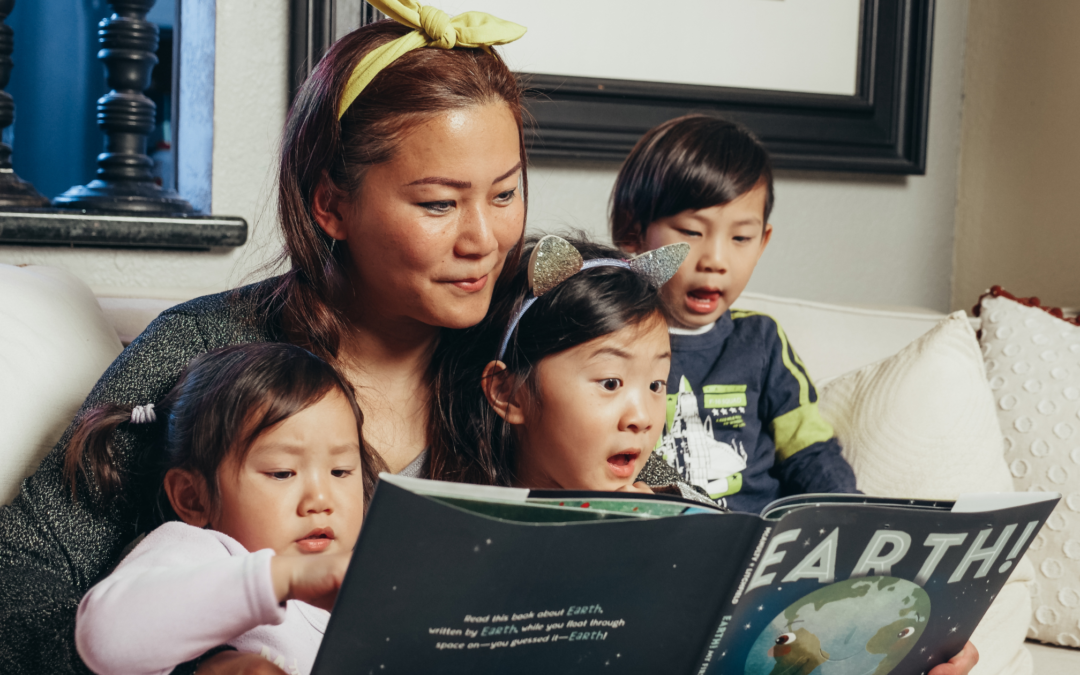Building Vocabulary with Read Alouds
If you’ve known me for more than five minutes, you know I’m a big read-aloud proponent. Reading aloud with your children will build family bonds and nurture a love of learning that will serve them their whole lives. Additionally, it is a proven way to build literacy skills. (if you’re new to the practice of read-alouds as a form of instruction, I recommend clicking over to my article “How to Read Aloud: Tips, Tricks, and Techniques“).
Today, I will cover read-alouds under a more specific consideration: How reading aloud with your children is an excellent way to build their vocabulary. I saw this firsthand in my own homeschool with children who tested off the charts for vocabulary. There are several ways read-alouds accomplish this…
1. Exposure to New Words
When you read aloud to your children, you introduce them to a variety of vocabulary words. This includes complex words they might not encounter in everyday speech. Additionally, they hear words they might avoid if reading independently or choosing their own material. When an adult guides the reading, a child is exposed to new words and expressions. This exposure is an essential first step toward enriching their vocabulary.
2. Contextual Understanding
Context is a significant factor in how the brain processes the meaning of new words and phrases. When children hear new words, they use the surrounding context to discern their meaning. This can be a quicker and more intuitive way to learn new words than simply memorizing a definition. For example, suppose there is a story where a child has to pick a ball off the ground, and the text introduces the word “stoop” (as in, “He stooped down to pick up the ball”). The child understands from the context that the word stoop implies the act of lowering oneself down. This way of learning vocabulary is very instinctual and well-suited to the language acquisition capabilities of children.
3. Modeling Pronunciation
One of the trickiest things for a young reader is tackling pronunciation. This is a challenge any new reader faces, and English doesn’t make it particularly easy. Put yourself in the place of a second grader encountering the word thorough for the first time. This is where read-alouds are so valuable because an adult reader can provide a precise pronunciation of new words and guide the child through working out pronunciations of tricky words as they are encountered.
4. Teaching Active Listening
There is a big difference between passive and active listening. Active listening means engaging with the text and providing feedback to the reader. It is a form of listening that is more constructive. When we read aloud with our children, we can cultivate active listening by asking them questions, checking for understanding, discussing the text, gauging their body language, and responding accordingly. All this goes a long way toward creating a more engaged, intelligent reader who thinks deeply about what he or she is reading. In other words, it teaches children to get more out of the vocabulary they are exposed to.
As you can see, there are several vocabulary-related benefits of reading aloud with your children. In tomorrow’s article, I’ll discuss some specific strategies you can use to maximize vocabulary building during your read-aloud times.
What are your thoughts on this topic? Join me and other homeschooling parents at our Homeschool Connections Community or our Facebook group to continue the discussion!






